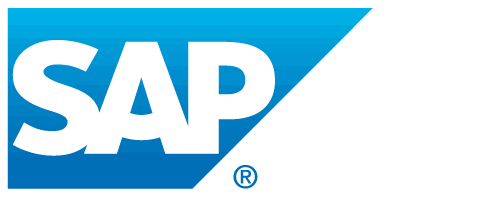If you’ve ever used a modern search engine and been amazed by the results, or if you’ve ever watched the perfect show recommended by your streaming network of choice, you have experienced the power of deep learning.
More on AI in HR:
HR and AI: How can HR use AI effectively and ethically?
Businesses warned employees lack skills to handle AI
UK workers believe AI offers better career support than people
Deep learning algorithms, which are inspired by the actions of the human brain, continuously analyse data using a set logical structure. This structure is made up of multiple layers of algorithms, called neural networks.
Deep learning algorithms can’t predict the future or give answers that a human would agree completely. Yet they are still extraordinarily valuable.
The main challenge of deep learning is data – specifically, the massive amount required. The talent space alone needs billions of data points about people, career trajectories, skills, and experiences.
But while AI’s reach was once limited by computing power and the availability of data, that’s no longer the case. Today, global neural nets can identify more than a million skills across the world’s 7.8 billion people.
Then, using this data, AI engineers can develop deep learning algorithms to determine the best answers to a defined class of questions. In the case of deep talent, such questions might include: Who is the best fit for this specific job requirement? What job is this individual most likely to hold next in their career?
Understanding deep learning’s ability to harness a massive amount of data is only the first step.
Transforming recruitment
Skills adjacency refers to the idea that a person good at one specific skill will often excel in another. When we can understand these relationships fully it helps us complete our picture of a human’s true potential and the transferable skills they possess.
As an example, Nico Iannotti is a top sales engineer in Europe, but he wasn’t always involved with either sales or technology. He was, however, previously involved with customer service as a sommelier and waiter. As he put it, skills are interchangeable assets that individuals can leverage in a variety of industry roles and life situations.
“Many of the skills I acquired prior to my corporate career have been very helpful in my role as a client relationship manager and solution engineer,” he said.
“What is the link between pairing wines and selling software? Both are customer-facing roles and both provide solutions to a customer’s problem. In both cases, you are building relationships, demonstrating empathy, and selling an emotional experience based on a specific budget. It’s just a change of context, not a completely different skillset.”
Deep learning can break down human work experience into capabilities and match those capabilities with jobs available now. For example, many like Iannotti have found work in corporate jobs, and a major bank told us that many new employees were formerly bartenders - this isn’t an association one would readily make.
Similarly, if a company is looking for project management skills, applications and job descriptions often fail to surface the right matches. But deep learning can tell us that a candidate or employee’s skills are validated or likely based on their work experience, even if the person never had a title called “project manager” or listed “project management” as a skill on their resume.
On the flip side, deep learning can determine if a candidate for a project management job is missing the required skills despite a prior project management title.
Deep learning calls out potential by looking at people with similar skills and what they were able to accomplish next in their career. Thanks to a global data set in which you can analyse thousands of people who acquired new skills and were subsequently successful in a new role, you can infer that a fresh candidate can also learn these skills and do well in this new role.
Why is it important that technology tell us what people are capable of versus what they can do today? A company might ask for three years of Android development experience in a job advertisement, for example, but could you do the job if you had two years of Android experience and a few years of iOS experience? Likely yes.
Deep learning can help us get to the heart of what’s actually needed in a role, not what we assume.
Understanding potential is highly important to HR professionals and hiring managers because it allows them to be much more flexible about how they can deploy talented and loyal workers as business demands change – making deep learning (and by extension the practice of deep talent) a powerful antidote to future disruptions.
Alexandra Levit is a workforce consultant and futurist, columnist for the Wall Street Journal, co-author of Deep Talent and author of Humanity Works.
Listen to the HR Most Influential Podcast's episode (S2, E4) dedicated to the human impact of AI here.











